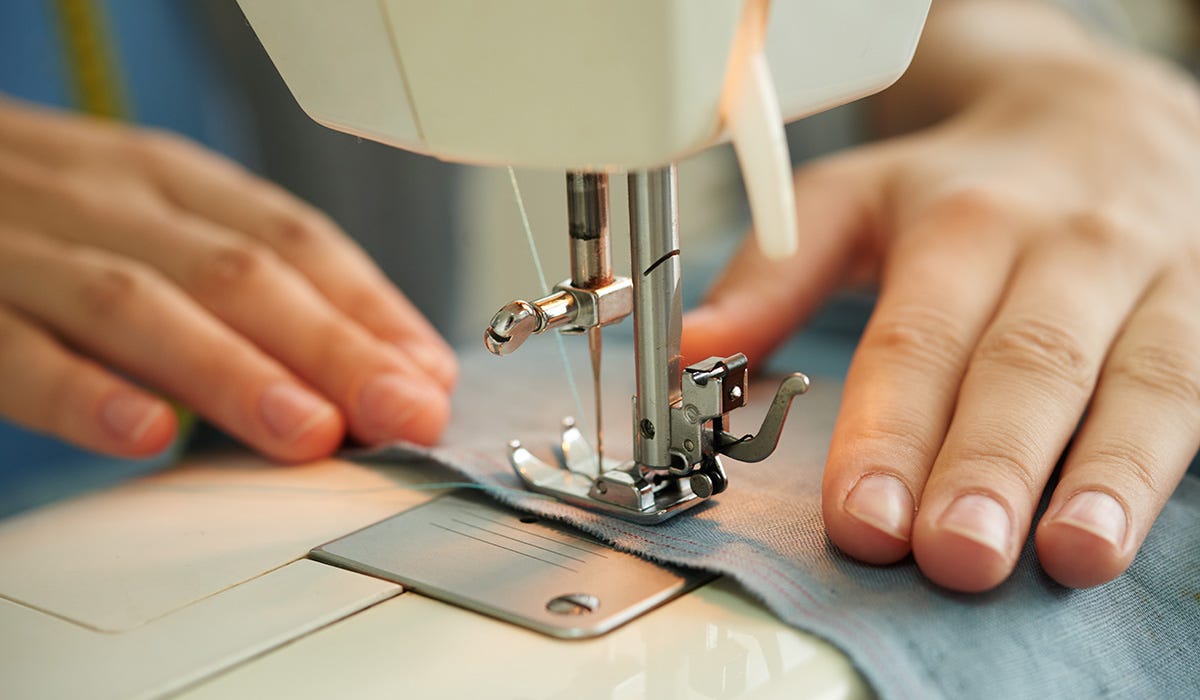Locate the very best Tailor Perth: Costs Tailoring for Unique Style
Wiki Article
Understanding the Tailoring Refine: From Textile Selection to Last Fitting for the Ideal Wardrobe
The tailoring procedure is a complex interplay of art and scientific research, beginning with the vital decision of textile option and finishing in the precise adjustments of final installations. Each textile type brings special top qualities that affect not only the aesthetic appeal but additionally the garment's longevity and suitability for numerous occasions. Recognizing the nuances of customizing methods can elevate one's closet to unprecedented degrees of elegance. As we explore these elements better, one must consider just how even the tiniest information can significantly influence the overall outcome of one's personal style.Importance of Material Selection
Picking the appropriate textile is important in the tailoring procedure, as it directly affects the comfort, toughness, and total aesthetic of the final garment (tailor perth). The selection of textile sets the foundation for the garment's performance, performance, and design. Different fabrics possess unique properties, such as breathability, weight, and stretch, which can dramatically impact exactly how the garment drapes and fits the bodyAdditionally, fabric selection affects the garment's long life and simplicity of care. High-grade textiles can withstand wear and tear, preserving their look and framework in time, while lower-quality products might cause pilling or fading. Furthermore, the appropriate fabric adds to the garment's capability to change across seasons and celebrations, therefore enhancing adaptability.
A customized item made from an appropriate fabric not just showcases craftsmanship however additionally boosts the user's self-confidence. As a result, comprehending the nuances of fabric selection is vital for any type of tailoring undertaking. It makes sure that the final product not just fulfills the visual needs of the client but additionally straightens with practical demands, thereby attaining an unified equilibrium in between kind and function in the tailored wardrobe.
Kinds of Fabrics and Their Uses
Understanding the different types of fabrics available is important for making informed choices during the tailoring process. Each material possesses unique characteristics that determine its viability for certain garments and celebrations.Cotton, understood for its breathability and soft qualities, is perfect for laid-back wear and summer clothing. Its adaptability enables it to be customized right into everything from t shirts to dresses. Woollen, on the various other hand, is favored for its heat and framework, making it an outstanding selection for formal matches and outerwear - tailor perth. Its natural elasticity aids garments maintain form in time.
Silk exudes luxury and is lightweight, making it best for eveningwear and delicate blouses; nevertheless, it needs cautious handling due to its fragility. Bed linen, with its distinctive finish, is a prominent option for warm environments, supplying a crisp and airy feeling, however it wrinkles easily, which may influence the garment's appearance.
Artificial materials, such as polyester and nylon, offer longevity and resistance to wrinkles, making them ideal for everyday wear and energetic apparel. Recognizing these fabric types and their residential properties enables much better decision-making, making certain that each customized item not just fits well but likewise aligns with the designated objective and event.
The Tailoring Strategies Explained
The art of tailoring relies upon a range of techniques that transform textile into well-fitted garments. Central to this process is pattern preparing, where a dressmaker develops layouts based on the client's dimensions and wanted design. This first action makes sure that the garment will fit the wearer effectively prior to any type of cutting occurs.As soon as patterns are established, reducing techniques come right into play. Accuracy is paramount as inaccuracies can bring about misfitting garments. Tailors often make use of different cutting approaches, such as single-layer cutting for intricate styles and multiple-layer reducing my sources for performance on basic patterns.
Basting is another essential technique, allowing tailors to momentarily stitch fabric pieces with each other for a preliminary installation. This approach offers the opportunity to analyze the drape and total shape prior to final stitching.
Seaming methods, consisting of flat-felled seams and French joints, boost the garment's durability and aesthetic charm. Tailors likewise use methods such as interfacing and extra padding to supply structure and form to particular areas, like collars and shoulders.
Finally, ending up methods, including hemming and edge finishing, ensure the garment's durability while giving a refined appearance. With each other, these methods create the foundation of reliable customizing, leading to charming, custom-fit apparel.
Suitable Modifications and Considerations

Trick factors to consider consist of the shoulder fit, which must neither droop neither limit motion, and the sleeve length, which should enable comfortable arm movement while maintaining a sleek appearance. Additionally, modifications at the waist can refine the silhouette, with choices to allow out or absorb fabric as required.
The increase of pants is another crucial factor; it needs to sit conveniently above the hips without causing discomfort, permitting convenience of motion. Hemming sizes for both pants and skirts should show the wearer's preferred design while respecting percentages.

Maintaining Your Tailored Wardrobe
Constantly comply with the care label instructions, which might advise completely dry cleansing for delicate textiles or device cleaning for more resilient materials. Avoid regular laundering, as this can use down the textile and modify the garment's form.Storage is similarly important; use cushioned wall mounts for jackets and coats to preserve shoulder framework, and shop pants folded up nicely or hung to protect against creasing. Secure garments from direct sunlight, which can fade colors and damage fibers.
In addition, regular inspections for small repair services can avoid larger concerns. Check for loosened switches, fraying seams, or signs of moth damage, dealing with these problems promptly to keep the garment's honesty.
Finally, think about seasonal rotation. Putting on tailored items in small amounts permits fabrics to recoup, expanding their life-span. By implementing these maintenance strategies, you can make sure that your tailored garments continue to be as immaculate as the day you first wore them, boosting your optimal closet for years ahead.
Final Thought
The tailoring process, encompassing fabric option, knowledgeable methods, and exact suitable changes, plays a crucial duty in creating garments that improve both comfort and style. Each phase contributes to the general efficiency of the final item, making sure that apparel not just fits well yet additionally shows private identification. Comprehending the relevance of upkeep extends the life of customized garments, strengthening their worth in a well-curated closet. A thorough technique to tailoring culminates in a certain and sleek appearance.Selecting the ideal textile is vital in the customizing process, as it straight affects have a peek here the convenience, sturdiness, and general visual of the last garment. The selection of fabric establishes the structure for the garment's style, performance, and efficiency. Different textiles possess unique properties, such as breathability, weight, and stretch, which can considerably affect just how the garment drapes and fits the body.
The art of customizing depends on a selection of techniques that transform textile into well-fitted garments.The customizing process, incorporating textile selection, proficient methods, and accurate fitting modifications, plays a vital duty in producing garments that enhance both convenience and design.
Report this wiki page